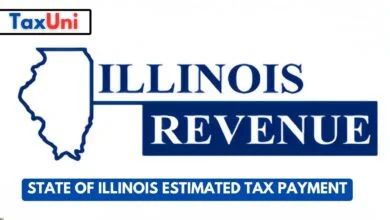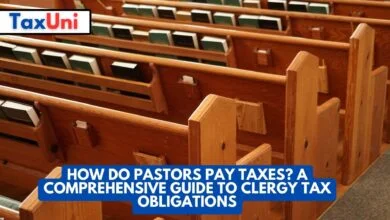LIHEAP
LIHEAP is a federally funded assistance program that provides financial aid to low-income households struggling with energy expenses.
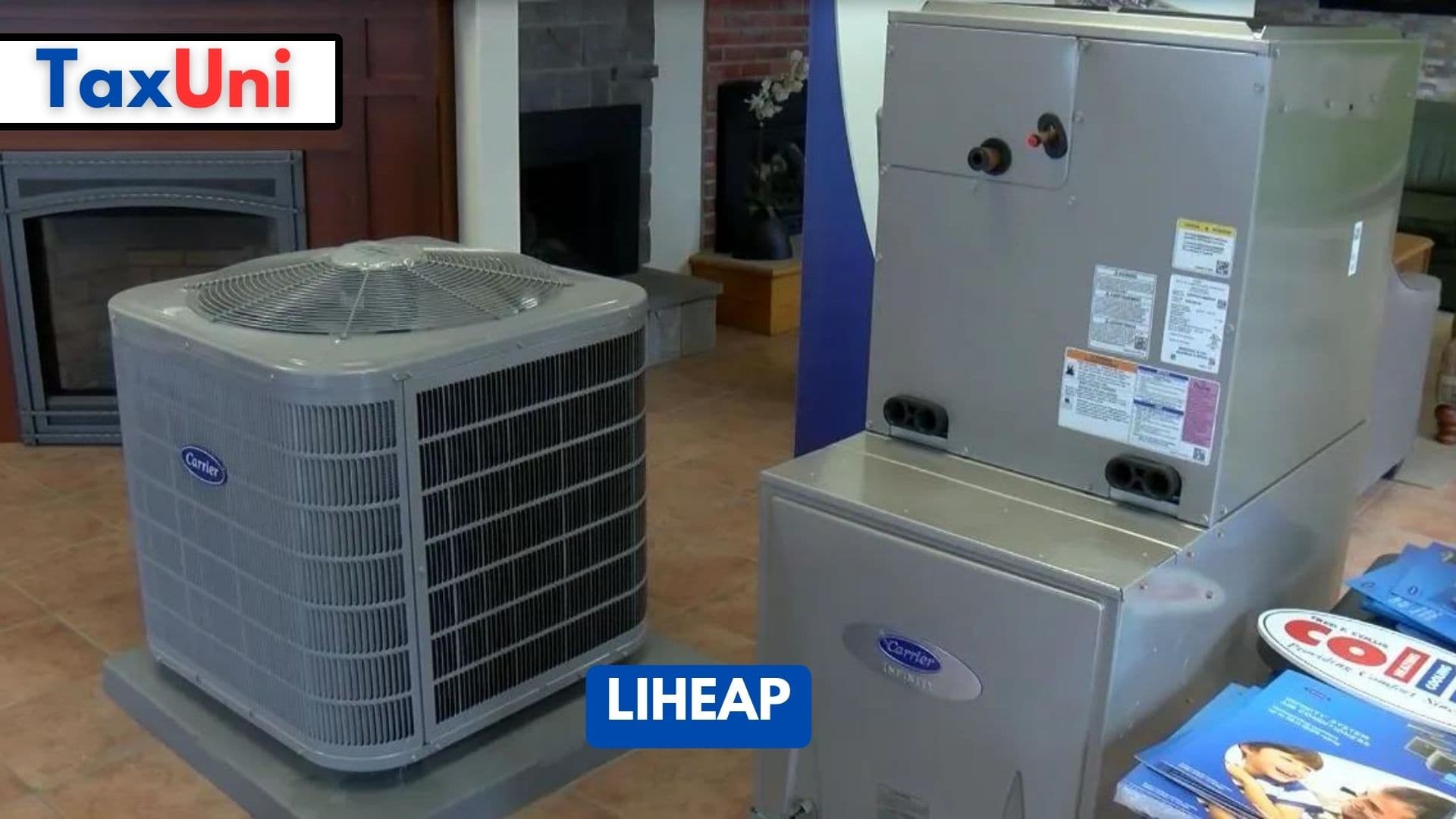
Established in 1981, Low Income Home Energy Assistance Program (LIHEAP) operates under the administration of the U.S. Department of Health and Human Services (HHS). The primary objective of LIHEAP is to help eligible households afford their home energy costs, including heating, cooling, and weatherization services. The program disburses funds to state, tribal, and territorial agencies, enabling them to design and implement initiatives tailored to their communities’ specific needs. LIHEAP recipients can use the assistance to cover various energy-related expenses, ensuring that they are not forced to choose between paying for utilities and other essential needs, such as food, healthcare, or education.
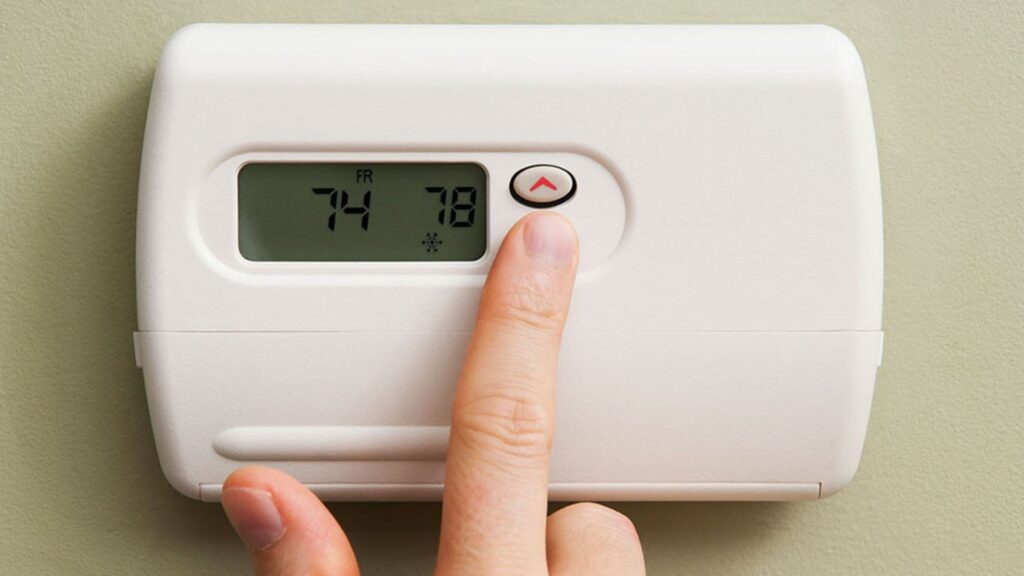
Who is Eligible for LIHEAP?
LIHEAP eligibility is based on a combination of factors, including income, household size, and the region’s energy costs. While the program serves diverse individuals, priority is typically given to vulnerable populations, such as the elderly, disabled individuals, and families with young children. Eligibility is primarily determined by the household’s total gross income, which must fall within a certain percentage of the federal poverty guidelines. The poverty guidelines are updated annually and vary depending on the size of the household and the state of residence.
Larger households with more family members may have slightly higher income limits to qualify for LIHEAP. Applicants must be either U.S. citizens, U.S. nationals, or qualified aliens with legal residency status. Some states consider the energy costs of the applicant’s residence, taking into account factors such as climate and average energy expenses in the region. Individuals receiving aid from other welfare programs like Supplemental Nutrition Assistance Program (SNAP) or Temporary Assistance for Needy Families (TANF) may have an easier time qualifying for LIHEAP.
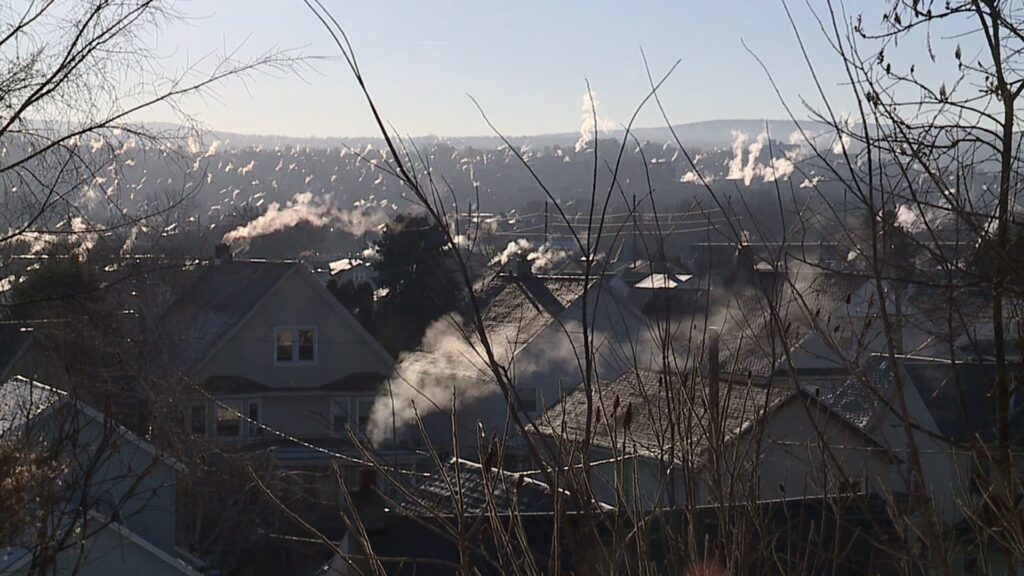
How to Apply for LIHEAP?
If you believe you meet the eligibility criteria for LIHEAP, applying for assistance is a straightforward process. The program is administered at the state level, so the application process may differ from one state to another. However, the general steps to apply for LIHEAP are as follows:
- To begin the application process, you need to find the nearest LIHEAP office in your state. You can do this by visiting the website of your state’s LIHEAP agency or contacting the National Energy Assistance Referral (NEAR) project for assistance.
- Gather all the necessary documents before visiting the LIHEAP office or starting the online application. Commonly required documents include proof of income (pay stubs, tax returns, or Social Security statements), identification (driver’s license, passport, or state ID), and recent utility bills.
- Fill out the LIHEAP application form accurately and honestly. Double-check all the information to avoid delays in processing.
- Submit the completed application and supporting documents to the LIHEAP office through the designated channels. Some states offer online submission options for added convenience.
- After submitting the application, the LIHEAP office will review your information and determine your eligibility. If approved, you will receive a notice detailing the amount of assistance you will receive.
- If you are eligible for LIHEAP, the funds will be directly applied to your utility account or provided as a check, depending on your state’s procedures.
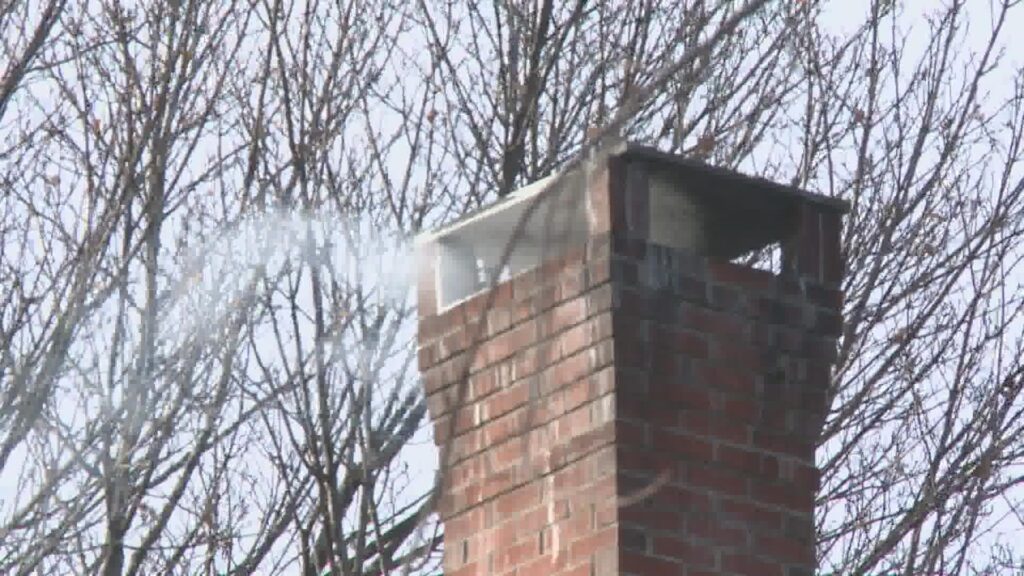
Benefits of LIHEAP
LIHEAP offers numerous benefits to eligible households, providing critical assistance that can positively impact their lives. LIHEAP provides financial aid to eligible households, reducing the burden of high energy bills, especially during extreme weather conditions. By helping families keep up with their energy expenses, LIHEAP reduces the risk of disconnections, ensuring a safe and comfortable living environment for vulnerable individuals, including children, the elderly, and disabled individuals.
LIHEAP may offer weatherization services and energy efficiency improvements, such as insulation installation and furnace repairs, helping households conserve energy and save money in the long run. By injecting funds into the community, LIHEAP stimulates local economies, as recipients can allocate their financial resources to other essential needs. LIHEAP also prevents financial crises that could lead to homelessness for many families, providing stability and security.

